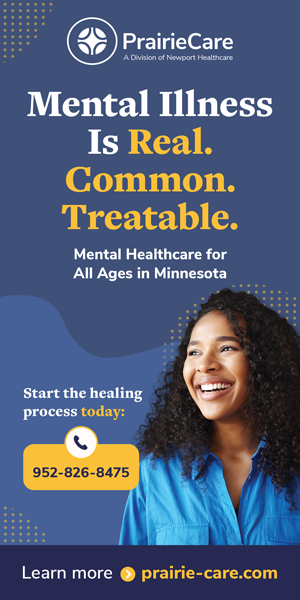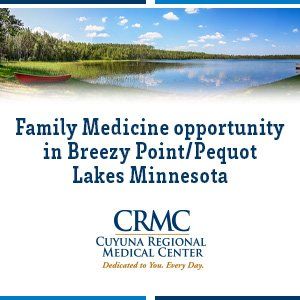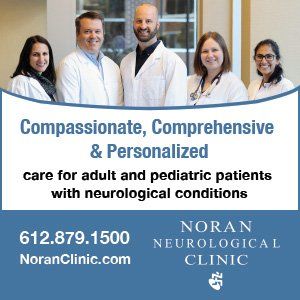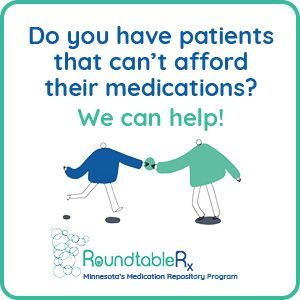o me, as a medical oncologist, the most common question I’m asked at family gatherings and social events after getting reacquainted is, “Eric, when are we going to find the cure to cancer?” The more that I learn and practice oncology, the more challenging the question becomes to answer. Most of my family and friends perceive oncology as it was 30 years ago: intensive chemotherapy pumps attached to patients in hospital beds for two to five days with associated vomiting that lasts well beyond hospital discharge. They recall their loved ones who never felt well and were bed bound. This is a very fair perception. It was only 30 years ago that ondansetron (Zofran™) received its first FDA approval to usher the movement of patients receiving chemotherapy from hospital bedside to infusion clinic chairside.
Cover Two
Cancer Care in 2025
Where we came from, where we are going
BY Eric Lander, MD
My typical response to my family is to be expected from an eternally optimistic medical oncologist: “Well…we have found some cures and we are using less chemo than ever before, but some cancers remain really stubborn to treat.”
In many cases radiation tactics are now digitized and targeted to be curative in and of themselves.
Systemic Therapies
The truth is not far from this real response. Our surgeries to remove cancers have become robotic surgeries with fewer complications despite being employed at more advanced stages of disease. In many cases radiation tactics are now digitized and targeted to be curative in and of themselves. Medical oncologists are now discussing “systemic therapy” options with patients rather than “chemotherapy” options. Systemic therapies are any treatment (oral, intramuscular, subcutaneous, IV, and only rarely infusional) that halts cancer in its tracks. Systemic therapies range from chemotherapy to immunotherapy (enabling the immune system to engage against malignancy) to targeted therapies often in the form of pills that inhibit specific proteins or genetic aberrations to inhibit tumor survival. All of these advances have prompted improved cure rates across nearly every malignancy, but every individual’s cancer treatment is personalized and managed differently with a multidisciplinary team-based approach — that’s where I begin to struggle in summarizing the cure for all patients. It’s the incredible work and collaboration I see within my fellow medical oncology, radiation oncology, and surgical colleague physicians at Minnesota Oncology that gives me hope for a brighter future. Since the founding of our practice in 1995, Minnesota Oncology has remained the only independent, multispecialty group that specializes in treating patients with cancer or patients at high risk of cancer across the Twin Cities.
Screening Advances
One of the greatest advances in the past 30 years has been the medical community’s improved cancer screening strategies. As an example, the United States Preventive Services Taskforce’s (USPST) guidelines to begin colonoscopy screenings at age 45 will undoubtedly cure more patients of colon cancer by catching it when the tumor can be curatively removed. There is a lot of ongoing research into why colorectal cancer is being diagnosed in more and more people under the age of 50. Just last week, I saw a 45-year-old whose stage II colon cancer had been curatively removed after being detected by the typical screening colonoscopy. Increased awareness of these public health initiatives is essential to providing cures. It is sobering to know that only 17% of patients ages 50 to 80 with a 20 pack-year smoking history have been receiving their annual low-dose CT scans according to USPSTF guidelines. To all physicians and health care providers reading this: ensure your patients are getting their guideline-recommended mammograms, colonoscopies, and CT scans! Do not forget to ask about patients and their family histories of malignancies! Please refer your patient to our high-risk breast clinic if your patient has a strong family history, BRCA gene mutation, or history of chest wall radiation, even if they aren’t 40 years old yet!
Medical oncologists are now discussing “systemic therapy” options with patients rather than “chemotherapy”.
A Look into the Future
Now that I’m off my soapbox of public service announcements, let’s discuss the future. Will medical oncologists be obsolete 30 years from now? Will we have the cure for all cancers? While we all certainly hope this to be the case, I fear it will not be. We have not reached the point where we can prevent all cancers from ever occurring. At their essence, most cancers arise due to acquired genetic mutations in a cell that promote its survival to divide out of control. For every cancer this precise mechanism is different. In the example of pancreatic cancer, most are driven by mutations in the KRAS gene. Let’s assume simplistically that pancreatic cancer was driven only by specific mutations in the KRAS gene: How would you re-engineer or treat the body to prevent it from making errors in its ability to perfectly replicate its own DNA 100% of the time, such that KRAS never gets mutated in the first place? It’s not just a matter of diet and exercise. We see people who are carnivores, herbivores, omnivores, triathletes, farmers in rural Guatemala, urbanites in New York City and everyone else get this cancer.
Pancreatic cancer was first described in 1761, well before the advent of common-place pesticides. Just as any person is capable of making a typo on the computer and miss it during proofreading, so is our genome flawed in its ability to replicate itself perfectly. We hypothesize that more young people are getting colon cancer because of increased cellular division rates (mitosis) within the colon, increasing the probability for genetic mutations in known cancer genes. Increased rates of cellular division may be driven by a Western diet, antibiotics, energy drinks, intense exercise, and other factors. However, even the ideal, healthy colon of someone who lives off of biodynamically farmed land in the Andes has to replicate itself, which leads to risk for mutations over the course of one’s life. In summary, we may not have a prevention for cancer itself in 30 years.
A more likely medical reality 30 years from now is this: a world without chemotherapy with rapid development of immunotherapies and targeted therapies. Traditional chemotherapy will be replaced by other types of systemic therapies: biospecific antibodies that engage the immune system to target cancer cells; antibody-drug conjugates where an antibody binds to an antigen on cancer cells to deliver a chemotherapeutic payload; radioligand therapies that target specific antigens on tumor cells to deliver alpha-emitting radiation; and targeted therapies that exploit weaknesses in mutated proteins. These newer treatments are already in development. After 30 years of trying to figure out how to target KRAS, researchers have finally found a way. We will eventually be giving these new treatments before surgery to better shrink tumors and improve surgical outcomes to bring cures to patients who could have not been cured today.
Google’s DeepThink AI initiative that garnered the 2024 Nobel Prize in Chemistry was centered around computers’ ability to rapidly model proteins. We will see researchers able to use this technology to model new drug chemical structures overnight — new treatments will be developed at rates we have never previously seen.
As the leader of our research program at Minnesota Oncology, I see firsthand how these innovations are not just theoretical—they’re becoming reality in our clinics. We ensure that patients across the Twin Cities have access to the most promising clinical trials and cutting-edge treatments available, often before they are widely adopted. We have studies that offer new treatments after curative-intent surgeries to increase the likelihood of cure. Other studies are novel therapies that aim to prevent disease progression when other options are suboptimal or not available at all. In sum, we have over 50 studies available for our patients across disease states employing treatments such as novel immunotherapies, antibody-drug conjugates, targeted therapies and radiopharmaceuticals.
Thus, when friends and family ask me if we’ll ever “cure” cancer, I tell them that the answer is already unfolding before our eyes — there will be no single magic bullet, but a cascade of innovations. We are moving away from dragging patients through long chemotherapy infusions to offering precise, immune-engaging and targeted treatments that speak a tumor’s own language. We will catch cancers earlier through AI-assisted radiology cancer detection programs and primary care notifications to order their screening testing. AI-driven protein modeling will eventually accelerate drug development at a pace we once thought impossible. Ultimately, conquering cancer will remain a multidisciplinary team effort — physicians, public health champions, researchers and patients all advocating together — so that 30 years from now, “finding the cure” will feel less like a distant dream and more like a reality we’ve built, one patient at a time.
Eric Lander, MD, is the site research leader at Minnesota Oncology, where he coordinates clinical trials to bring the newest treatment options to patients. He is a member of the American Society of Clinical Oncology and the American Society of Hematology.
MORE STORIES IN THIS ISSUE
cover story one
Artificial Intelligence in Medical Practice: Something is finally working
By Ryan McFarland, MD
cover story two
Cancer Care in 2025: Where we came from, where we are going





































